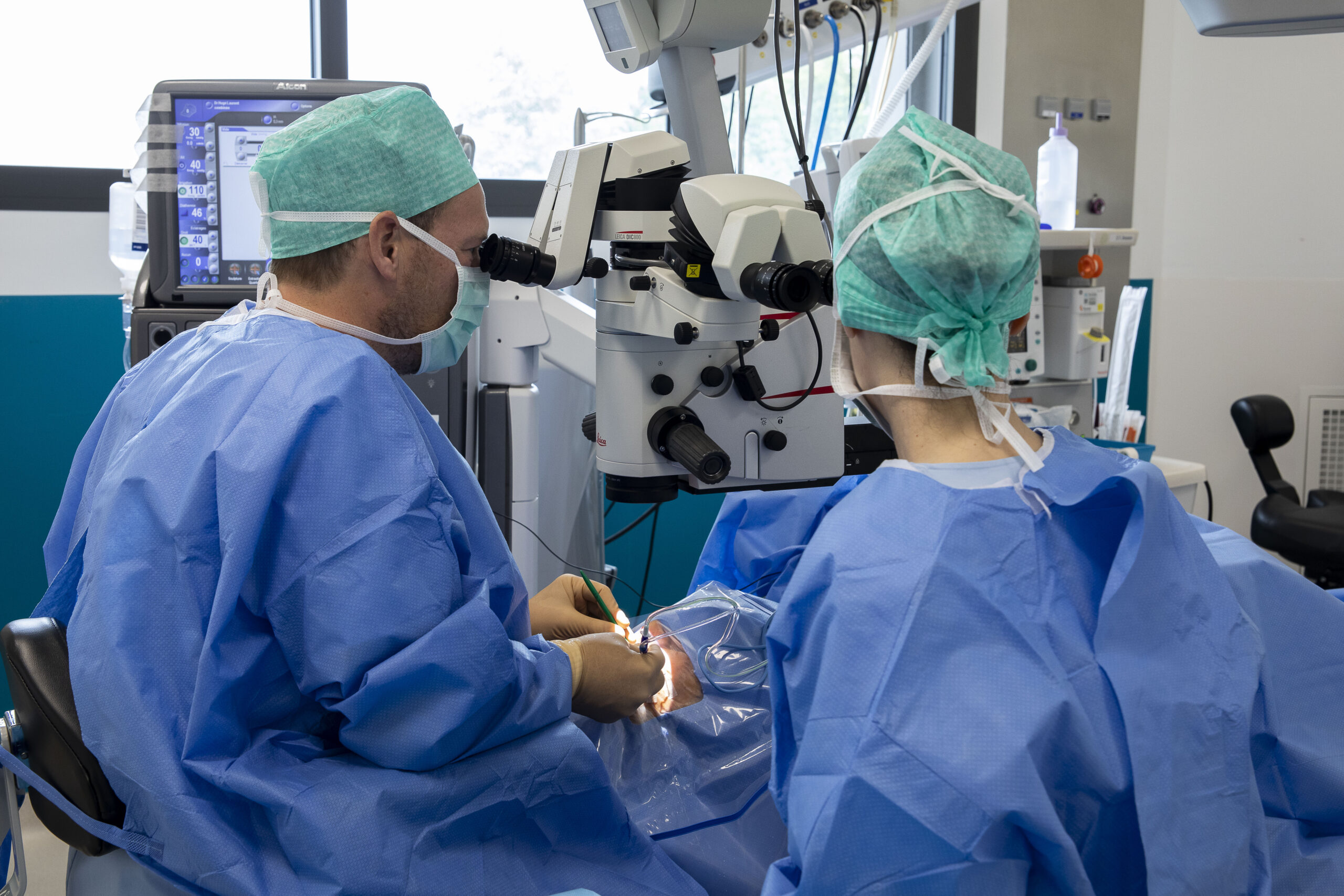Home > Emergencies
1- Severe eye pain
- Sudden, severe, persistent pain.
- Sensation of intense pressure in the eye.
- Pain accompanied by nausea and vomiting (possible sign of acute glaucoma).
2 – Sudden loss of vision
- Sudden partial or total loss of vision in one eye.
- Appearance of a black or gray veil in front of the eye.
- Persistent double vision.
- Blurred vision that does not improve with blinking.
3 – Associated neurological symptoms
- Difficulty speaking or weakness on one side of the body (possible sign of stroke).
- Coordination disorders associated with visual impairment.
4 – Appearance of abnormal signs in the visual field
- Persistent flashes of light (photopsia).
- Sudden appearance of numerous floating black spots (“flying flies”).
- Loss of part of the visual field, such as a black curtain or progressive blurring (possible retinal detachment).
5 – Severe redness and swelling of the eye
- Intense redness accompanied by pain and reduced vision.
- Very swollen eye, with pus discharge or excessive tearing (severe infection, severe bacterial conjunctivitis).
6 – Ocular trauma or foreign body
- Violent blow or shock to the eye.
- Presence of an object in the eye (glass, metal, wood splinters, chemicals).
- Eye burns after contact with chemical or thermal products.
What to do in an ophthalmological emergency?
- Do not wait and contact the Chénieux ophthalmological emergency service:
05 55 45 44 60 from 8am to 6pm on weekdays – 8.30am to 12pm on Saturdays
05 55 45 40 00 outside the above hours. - Avoid rubbing eyes or applying eye drops without medical advice.
- In case of contact with chemicals, rinse eye thoroughly with clean water.
Prompt diagnosis and treatment are essential to preserve vision and avoid serious complications.

